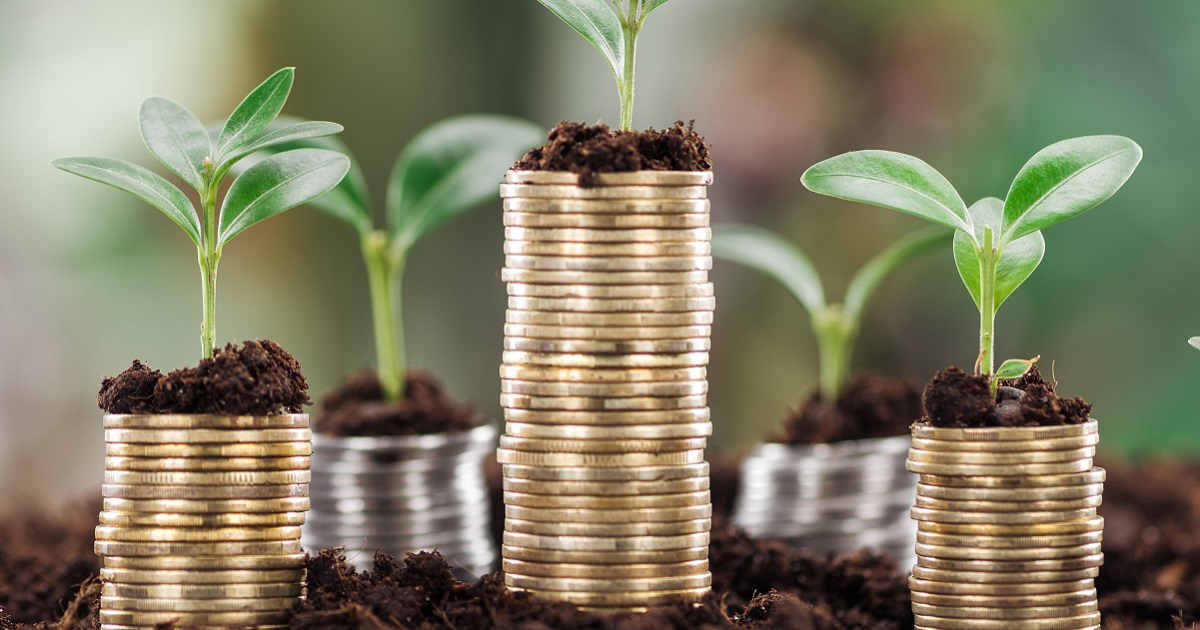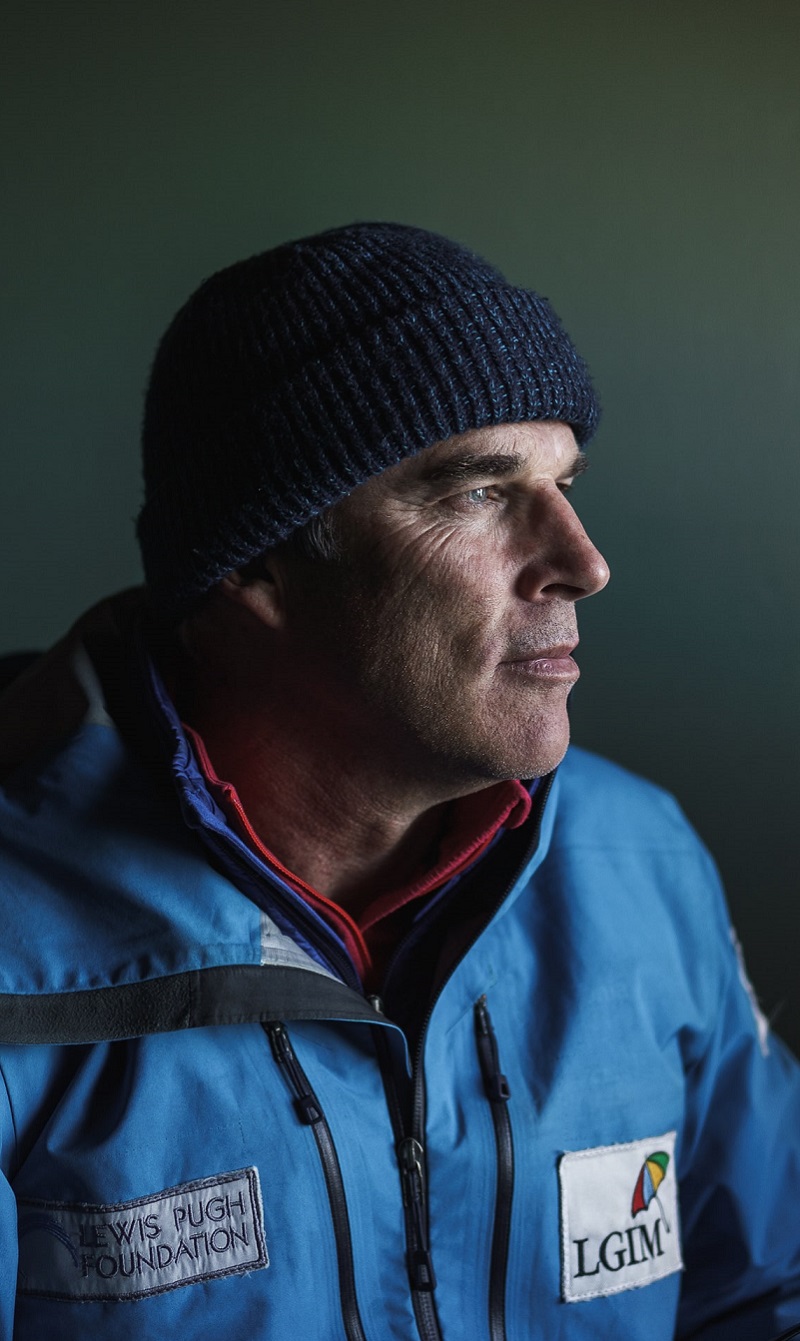ESG, a Worthwhile Effort
Here, Rizky Wisnoentoro, PhD, expresses his respect for investors and CEOs who have now put more attention into ESG. Simply because he firmly believes it is a worthwhile effort. This article was first published in In Focus issue 11 magazine.
It is intriguing to read about the future of ESG investing in Bloomberg, a 2022 Mubadala document, reported ESG assets estimated to hit USD50 trillion by 2025. It’s assumed to be more than a third of the projected USD140.5 trillion in total global assets under management. The renewable energy projects make up USD366 billion of the total USD755 billion of global spending on the transition to low-carbon energy in 2021. In the projection for 2030, it marks the stunning growth of social investment.
Interestingly, 86 per cent out of 800 decision makers surveyed believe that investment is a powerful driver of a more sustainable future with the immense motivation for greater returns followed by the motivation for social responsibility, the need to alter disruptive change. The reduction of risks and anticipation of new market appear to be greater motivational aspects than the need for reputation, climate change as well as gender and racial equality.
Out of many hindrances, the lack of standards seems to be the main point. High fees or cost, and lack of talent appear to be the other dominant challenges in the future.
Why is ESG a Worthwhile Effort?
The environment risk is imminent, in line with growing socio-economic risk and shifting of the mindset into digitised civilisation. The risk is imminent, be it from environment, socio-economic aspect or business enhancement. Therefore, it is truly understandable that in the transition risk, we need to ensure that our assets will last long in the foreseeable future, intergenerational. That’s one of the reasons why ESG will still be the main issue for the next two decades.
In short, after the stipulation of SDGs in 2015, ESG is on the rise. Academically, it does not stand alone. On the one hand, it has a strong root from the previous terms of CSR embarked on by Howard Bowen in his book Sustainability of Businessman, followed by some major evolutions of thoughts, including adverse opposition from Milton Friedman up to the ideas of triple bottom line of profit-people-planet in CSR embarked on by John Elkington, most especially when the concept gained attention in his 1997 book.
On the other hand, it is also biased from the ideas of sustainable development since the era of Kyoto Protocol in Tokyo, World Summit on Sustainable Development in Johannesburg 2002, followed by major evolutions of thoughts up to the era of Sustainomics in developmental studies embarked on by Munasinghe in 2004.
It seems that since around a decade ago, prior to the stipulation of SDGs, the term CSR or triple bottom line have been degraded. The noble vision of philanthropy, or the love of fellow humans, implies the love of nature to preserve better lives for next generations, has been degraded into merely just charitable activities. No impact measurement standards, and in some areas, tend to be misled into pseudo-CSR. Some people performed CSR actions for the sake of frontal publicity only, hit-and-run charities that are questionable for the long-term impact. Therefore, it did not attract CEOs or investors to pay more serious attention on this matter.
In this matter, I tend to agree with Carayannis and Campbell, in 2009, who embarked on an interesting idea about quadruple helix of innovation model. The development should embrace at least four stakeholders: government, academic research, business and society at large. This idea was continued in 2012 by Carayannis, Barth and Campbell, when they enlarged the scope of thoughts into quintuple helix. In this regard, sustainable development relies on innovation and circulation of knowledge from political system, education system, economic system, natural environment, media-based and culture-based public.
Punctuating ESG
In the future, I believe we need to embrace spiritual-based ecosystem. The Islamic way of dystopia is a perennial balance between backward and forward looking. This is the main teaching of ESG, since more than 1,400 years ago. Yes, all living creatures will come to an end someday. The question is, will it be a noble end?
In the current context, the balance is deemed as highly important. We need to live in harmony to achieve tranquillity and welfare. Subsequently, we should ensure that next generations are strong enough to live in their times. With that said, we need to also ensure that whatever we do to survive today should not compromise the ability of how they will survive in the future. It affects business ethics, governance, profitability, regulatory system, poverty eradiation, socio-economic system, bio-environment conservation and the emerging virtual social capital. From my vantage point, all these are harnessed into the supra-helix of development.
In Islamic finance, religion is the backbone of life. With this, subsequently, people do business. With reference to the State of Global Islamic Economy Report 2022, 1.9 billion Muslims in the world spent USD2 trillion in 2021 across food, pharmaceutical, cosmetics, fashion, travel, media and recreation sectors. By 2025, global Muslims are estimated to spend USD2.8 trillion. In short, the business is there. Like in a restaurant, Islamic finance is such an equal menu on the table for consumers to choose.
Reap What was Sown
Basically, ESG is about being forward looking and resiliency. It’s not merely just a hit-and-run charity. ESG teaches us to project the future at our best efforts and the legacy should remain for the foreseeable future, even though the generation has changed. Thus, it’s important for a company as well as country to stay ‘alive’ and avoid cataclysmic deterioration for the sake of generations to come.
Investors need to ensure that their investments are safe with potential to grow. Thus, future enigma that may harm the investment will be unwanted. However, the risk is enhancing into an alarming rate. Data shows that we’re entering the transition risk environmentally and socio-economically. It’s not a false to observe that the planet is currently not in a balanced harmony. The carbon and greenhouse gas emission will bring negative impacts imminently. For example, 4.2 tonnes of per capita CO2 emission in 2021 will bring real consequences to harm the physical wellbeing of assets including employees and ourselves too.
In addition, Michael Clark et al, 2022, in ourworldindata.com revealed the environmental impacts of 57,000 food products – a kilo of beef burger emits 53.98kg (CO2-eq), a kilo of macaroni cheese emits 16.85kg (CO2-eq) and a kilo of meat pizza emits 7.4kg (CO2-eq).
World Bank data in 2022 stated that approximately 75 to 95 million of additional people live in extreme poverty in that year due to the pandemic, war and inflation. Meanwhile, OECD and UNDP highlighted in 2021 that in post-COVID19, the SDG financing gap is expected to increase by 70 per cent. Before the pandemic, there was a gap of USD2.5 trillion to finance global SDG programs annually. In post-pandemic, the annual gap is estimated to reach USD4.2 trillion. So, the question here is, how well does a company or country sustain the VUCA – volatility, uncertainty, complexity and ambiguity – world?
In the moment of COP 26, for instance, the tone of the environment activists also captured the urgency of banks, and non-bank financial institutions, to stop funding the destruction of the planet. That said, financial industry has the chance to contribute more into the achievement of SDGs. Any decision in financial sector is currently expected to provide positive impact on ESG in the long run. Vice versa, the growing situation on ESG aspects will also affect the endurance of the finance sector itself.
Taking the Long View
Long-term horizon is needed. Metaphorically, ESG is more like a marathon race, instead of a sprint race. Therefore, it’s important to project the endurance of our energy for the long journey. Those who egregiously apply too much short-term energy spending, sprint-race style, at the beginning of the marathon will normally find immense difficulties midway and onwards.
In this matter, ESG is also all about wisdom, thorough assessment and careful execution of any programmes for the delicate balance between the throttle (expansion and growth) and brakes (governance, risk management and compliance). Thus, growth itself is not enough, unless it’s projected for the long-run ability to sustain. In the future, a new set of governance will be needed to anticipate the impending changes.
At the same time, new business objectives and opportunities will also appear. Investors may be too focused on the most obvious ESG investments only and could be missing an opportunity to take a more holistic approach to sustainable investing. In this regard, those who are able to provide holistic solution to the ecosystem will survive. For example, can financial sector provide more support to spur electric vehicle production or green housing to ensure better living for all humans?
Moreover, the impending challenges may appear closer than we thought. In the socio-economic sector, it’s interesting to see the correction made by IMF in their outlook. In October 2021, the global economy was projected to grow 5.9 per cent in 2021 and 4.9 per cent in 2022. However, it was rectified that included the war in Ukraine, global growth in 2022 is projected to about 3.3 per cent.
Indeed, the Russia-Ukraine war seemed to inflict larger casualties, especially in food crisis. The World Food Programme reported 345 million people facing food insecurity in 82 countries and 50 million people in 45 countries face emergency of phase 4 or above. Specifically, 882 thousand people face catastrophe of phase 5. So, how do we survive the potential global recession?
Tech-ing a Helping Hand, or Not?
Another challenge comes from the rise of IoT. The pandemic expedited implementation of tech 4.0 in a larger scope. Developing countries, for instance, are also forced by ‘nature’ to learn how to conduct digital meetings. In the aspect of governance, the rise of digital signature is also one of the subsequent important matters to be applied. Not to mention, the future shift of key performance indicators that should be adapted to the emerging habit of work from home or anywhere, really. Despite the fact that some companies are currently back to work from the office scheme, a new adaptable set of employee assessment will still be needed.
In other words, the rise of deep learning, machine learning and AI based on so-called ‘big data’ seems to be inevitable. With AI, collaborative robots may work independently alongside humans. Implementation of RFID, such as business cards with microchips, are facing other challenges including data analytics, cloud computing and mixed realities. With the metaverse on the rise, it brings along the need of simulators as well as horizontal and vertical system integration. Thus, IoT will also challenge manufacturers to apply smart factories and governments to implement smart cities, not to mention the rise of additive manufacturing such as 3D printing, that may provide more efficiency to some extent.
This begs the question of how well do we sustain the digitised civilisation era? How will we survive the cyber security and digital waste? A decade ago, it might still be relatively all right for us to close our emails without signing out properly. Today, with more robots on the internet, whatever we leave behind might be stalked and traced by someone, or something, lurking in the darkness of the World Wide Web.
Specifically, I pinpoint Gen Z, born between 1995 and 2010, and grew up alongside the growth of technology 3.0 into 4.0. They might be confused by Symbian technology used by Nokia, or the term ‘a Kodak moment’, but amazingly, they are highly intelligent in matching and absorbing the speed of new technology. Moreover, they are main survivors of COVID-19 outbreak.
In the next two decades, they will take the lead – live their lives and raise their children with the culture that has already been deeply buoyed by the induction of technology. For example, they learnt that people’s identity in the real world may not be the same as on the internet. They digest the concept of metaverse easily, since it’s similar to the e-games they play daily. The only difference that matters is that, blockchain records traffic of activities and transactions on the internet that brings real impact in real life.
Therefore, the day a bank opens a branch office in the metaverse, Gen Z will be at the frontline and gallantly jump into the battlefield. The transition risk may also stem from here. The dispute on land ownership in the metaverse may bring casualties to the banks in the future. At the same time, YouTubers who have strong virtual social capital basis and a solid team treated as a company may come to the bank to apply for a loan. Not to mention SMEs, interior designers, digital travel agencies, or flight simulator services whose businesses are on the rise due to the emerging trend of work from home, or anywhere. The trick is to learn to mitigate new business and risk possibilities.
Last Words
In March 2022, the World Economic Forum highlighted how Gen Z cares more about sustainable buying decisions than brand names. Largely dubbed as the ‘TikTok Generation’ that consists of people who live in the rise of digitisation, they managed to inspire other generations. The survey shows that 75 per cent of Gen Z think that sustainable purchases are more important than brand names. Lastly, corporate and country settings are intertwined in the same urgency: the need for adaptability, agility and networking. Obstacles and difficulties may interrupt our way, but along with difficulties comes ease. What helps is a positive view of everything and the belief that there will always be opportunities behind difficulties.





